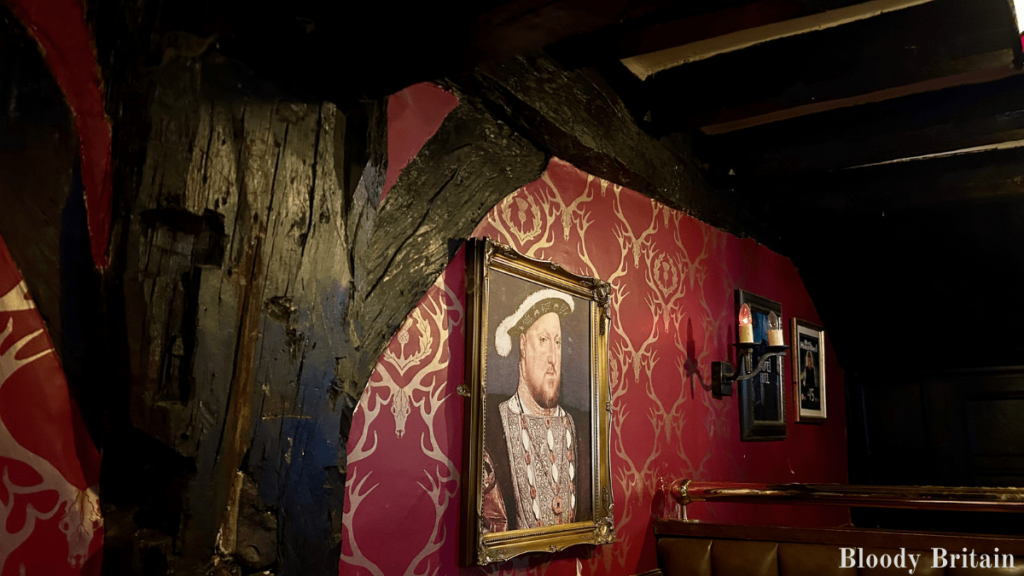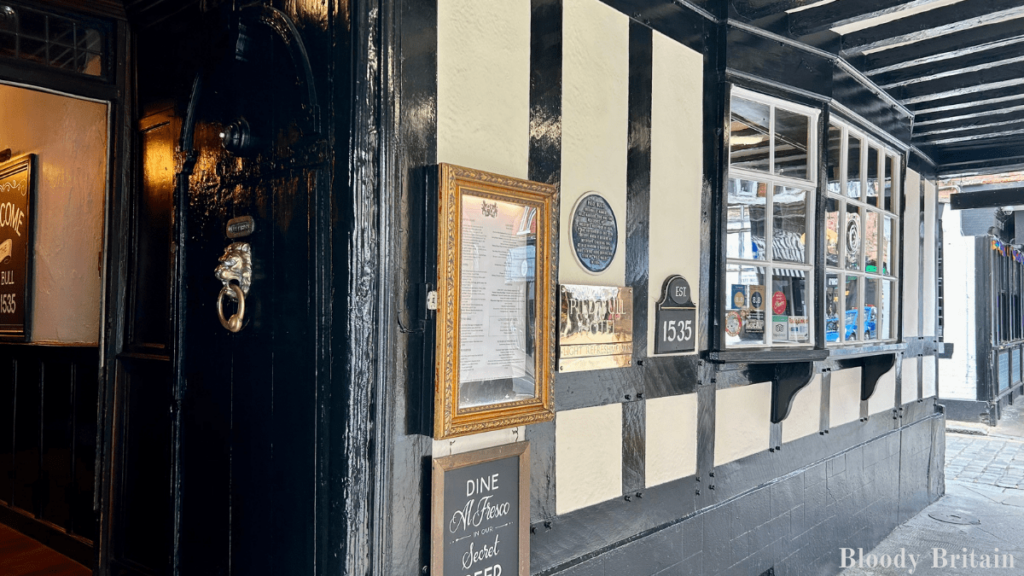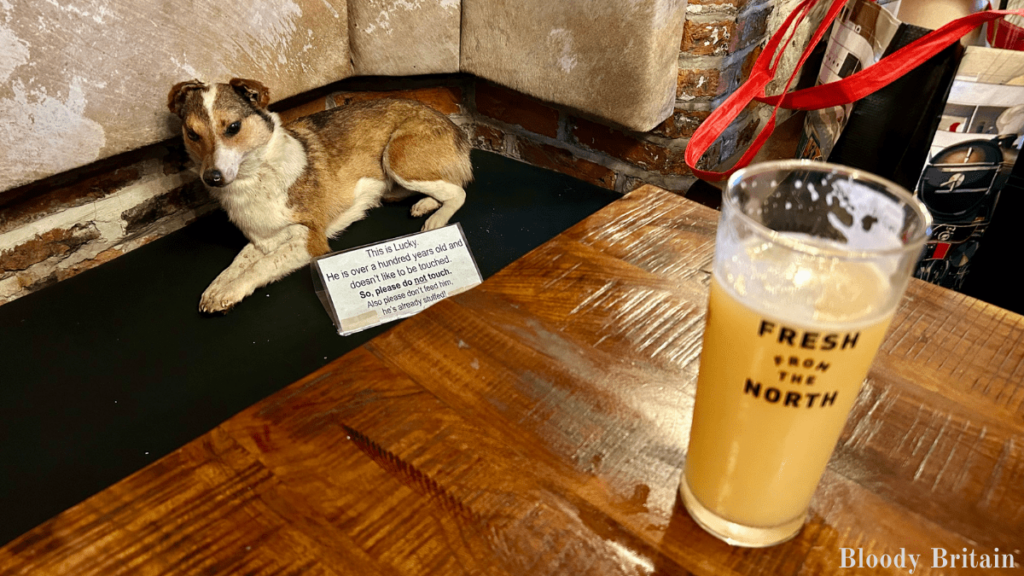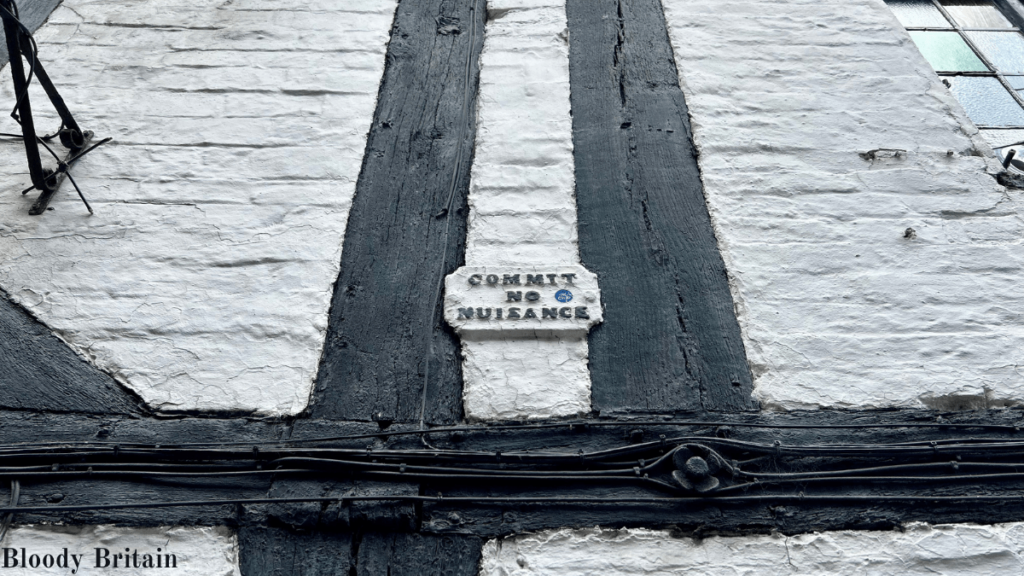If there’s something that’s fallen into shocking and sad disuse, it’s the concept of a tavern. Back in the day, it was de rigeur to rock up after a hard day’s riding, order an ale and a bowl of house stew, and then tuck yourself in a room upstairs before setting off again the following day.
Nowadays, many pubs and hotels are often separate, soulless entities where you’re charged through the nose for a pint/room/delete as applicable, and there are barely any bards, minstrels, brigands, wenches, or any of the stuff that used to give medieval taverns so much flavor.
But what were those taverns actually like? Decades of pop culture have a way of warping the reality of things, and the closest point of reference most of us have for such a thing is The Prancing Pony from Fellowship of the Ring and that one place the Hound calls everyone a c*nt before killing them in Game of Thrones. And both of those are fantasy properties, so they might not err too much on the side of verisimilitude.
”They went around drinking a shitload of booze and making sure it was up to snuff. If it wasn’t, they had the power to impose fines and even corporal punishment like pillorying and putting people in the “cucking-stool” (no, not that kind of cucking. It was a different time).”
The purpose of this article, then, is to pull back the curtain on how things were in a genuine medieval tavern. What kind of things would you see? What was there to eat? And how often did people get called c*nts before being run through with bastard swords?
Step through the doors, walk along the rush-strewn floor and order yourself an ale. We’re stepping back in time into an authentic medieval tavern.
Grab a Bowl Of Hunter’s Stew
Picture the scene: you’ve just done a hard day’s ride from London to a place not very far from London (let’s face it – horses are cool, but they’re not very fast).

You’re tired, wet, dirty, and your arse hurts from getting bounced around in a saddle all day. All you want is some food, some ale, and a nice comfortable bed.
That food is easily taken care of, with more speed than even the fastest of fast food joints. This is because the tavern you’re in, like most taverns of the period, has a perpetually bubbling cauldron of ‘Hunter’s Stew’ bubbling over the hearth. All you need to do is grab a ladle, fill up a bowl, and get to eating.
Hunter’s Stews – also called ‘perpetual stews’ – were quite literally always cooking. Whenever it started getting low, a bunch more ingredients were thrown in, and the stew kept on cooking. Simple.
While this sounds like it might have been disgusting, it was actually pretty delicious due to the flavors really being brought to the fore by the amount of time the ingredients spent in the stew.
”You could well point out that most modern hotels have both bars and restaurants, but that would make you a fucking pedant. And the only person less popular than a pedant is a goddamn ale conner. And nobody likes an ale conner.”
Those flavors could, depending upon the region where the tavern was located, be some simple vegetables or legumes like cabbage or beans, or they could have been salted pork or fish. They might also have changed depending on religious requirements – meat would be off the menu during Lent, for instance.
There are still some places in the world where you can try Hunter’s Stew, but not many. One such place is Otafuku in Asakusa, Japan, where they’ve had the same broth on the go since 1945.
There was a place in Perpignan, France, that had a perpetual stew going since the 15th century, but the Nazi occupation meant they could no longer get the ingredients necessary to perpetuate the perpetual stew, proving that there was nothing the Nazis couldn’t ruin.
Choose An Inn, Tavern, Or Alehouse

Much like there’s a world of difference between a Hilton and a Travel Lodge, there was a hierarchy of your traditional medieval inns/taverns, etc. That meant that depending upon what you were looking for – a bed, a drink, or both – you might go to different places.
Let’s take a look at the distinction.
Inn
An upscale, classy experience, this was where you went when you wanted to get your head down. Food was provided to guests as part of their stay, and non-guests were not permitted. Ye olde equivalent of a Four Seasons.
Tavern
A tavern – from the Latin word tabernae – is a drinking establishment that, in England, dates all the way to the Roman occupation (hence the Latin-derived name).
These were rough-and-ready establishments that were primarily for drinking, and people typically didn’t stay there – though there were exceptions, as we’ll talk about later.
Taverns tended to serve (cheap) ale and (expensive) wine, the latter being expensive because it was usually imported from France.
Alehouses
Alehouses were actually much more literal than you might think – they were houses that had extra ale to sell, and so they did.
This was a time before everything had to be licensed, so it was totally feasible for a housewife to find that she had brewed more ale than her husband could drink and decide to sell the excess to the man on the street. If you were in luck, she might also sell a meat pie or two as well.
Have A Game Of Hazard
If there’s one thing that goes great with large groups of men and larger quantities of booze, it’s gambling.

Throughout the whole of history, there’s never been a ruckus resulting from gambling disagreements, and there’s certainly never been one negatively influenced by everyone concerned being shitfaced. In fact, gambling and booze get along like a house on fire – lots of chaos, screaming, and potential fatalities.
The most popular gambling game in medieval taverns was a dice game called ‘Hazard.’ The rules are fairly complicated and outside the remit of this article to fully explain (read: a pain in the arse), but it was akin to craps and involved the “caster” (the person throwing the dice rather than a wizard) throwing the dice to establish his “main” number, then throwing the dice again to see if he “nicks” (rolls a winning number) or “outs” (rolls a losing number).
You’d always win if you rolled the same number again, but the other rules were, as mentioned, complicated.
Standards Were More Stringent Than You’d Expect
If all of this sounds a bit lawless, you’d actually be surprised. We mentioned up above that alehouse – the medieval equivalent of a dive bar – was not licensed. But that didn’t mean that they weren’t regulated.

Medieval English towns had a position specifically for testing the quality of ale. The men who did this job were known as “ale conners” or “ale-kenners”, and their job entailed pretty much what you’d expect – they went around drinking a shitload of booze and making sure it was up to snuff. If it wasn’t, they had the power to impose fines and even corporal punishment like pillorying and putting people in the “cucking-stool” (no, not that kind of cucking. It was a different time).
Contrary to what you might expect, the position of ale conner was not a popular one. Going around tasting ale all day sounds great in theory, sure, but medieval England was a pre-hops time, and hops play a huge part in stopping beer from going bad. That meant that they ended up drinking a lot of spoiled ale, and – well, have you ever drunk ale or beer that’s gone off? It’s the fucking worst.
On top of that, ale connors were about as popular as a dose of the pox. Much like tax collectors, nobody liked seeing them come around, and the fact that they were empowered to impose fines or punishments made them universally hated.
They were so unpopular, in fact, that nobody wanted the job. This meant that it was forced upon unwilling men, and the position underwent regular rotation in order to ensure that any given schmuck wasn’t stuck with the role for too long.
Lodgings Were Not Great
Loath as we are to return to The Fellowship of the Ring’s Prancing Pony tavern, it remains one of pop culture’s most enduring depictions of what a “medieval” tavern looks like. It also has a pretty iconic depiction of tavern lodgings, shown when the Ringwraiths try to kill the Hobbits.

It turns out that Frodo & co. were staying in some nice fucking digs. A private room for you and your buddies? Individual beds? That was some luxury shit in the Middle Ages. You’d be much more likely to be bedding down with a total stranger.
The lodgings in medieval taverns – or at least, those that did offer lodgings to go along with their booze – were more like dorm rooms in modern youth hostels.
There would be more than a dozen people crammed into a room, and the beds were often shared. As you can imagine, with medieval hygiene standards not being what ours are today, this did not make for a pleasant experience.
It also made communicable diseases easily, uh, communicated. Good luck surviving the Black Death if you were a regular tavern-goer!
Medieval Taverns Were Not What You Think (Almost!)
Though the concept of a tavern has been adulterated somewhat by modern popular culture (which can paint a rather inaccurate picture), the fact is that they were a staple of medieval English life, and the reality is that you picture you have in your head isn’t a million miles away from the reality of such establishments.
It’s just a shame that the concept hasn’t really survived to the modern day – who wouldn’t want to stay in a place that’s a restaurant, pub, and hotel all rolled into one?
You could well point out that most modern hotels have both bars and restaurants, but that would make you a fucking pedant. And the only person less popular than a pedant is a goddamn ale conner. And nobody likes an ale conner.


